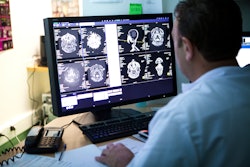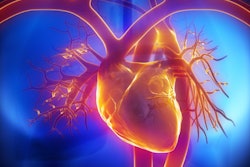More in Home
German team supports use of endovascular thrombectomy
January 23, 2025
DEXA receives major boost for osteoporosis screening
January 22, 2025
From Vienna to Val-d'Isère: Valérie Vilgrain on video
January 21, 2025
What can we do to control demand for imaging?
January 20, 2025
ML model using CCTA, MRI data predicts MACE in cardiac patients
January 20, 2025
Top 5 predictions for imaging IT and AI sectors
January 17, 2025
Patient death prompts RCR to act on gastric bands
January 16, 2025
MRI ensures clarity and precision on vulvar pathologies
January 16, 2025
Genetic testing, risk assessment tied to more breast MRI uptake
January 15, 2025
Radiology responds to launch of U.K. AI action plan
January 14, 2025
The challenges of dysrhythmic radiologists
January 13, 2025
























